Looking for a nootropic-heavy pre-workout and ready to take your workouts to the next level this year? Black Magic Supply, known for their cutting-edge supplements, has brought just that in their new VILLAIN pre-workout supplement.

Black Magic Supply Villain is a nootropic-heavy pre-workout that brings all kinds of neurotransmitter boosters and is citrulline-free, giving a great alternative to other pre-workouts
It's strong (400 milligrams of caffeine in a blend), it's different (no citrulline inside), and looking at the formula, it's full of nootropics, neurotransmitter-boosters, and more!
Black Magic Villain is Here, and Black Magic Makes 'Em Strong...
As fitness enthusiasts, we're always on the lookout for that extra boost to help us crush our workouts and achieve our fitness goals. With Black Magic Supply's reputation for innovative and high-quality supplements, they built up some huge anticipation for this one. Their existing pre-workouts already have a dedicated following, yet Villain is completely different, providing a unique high-energy, nootropic-heavy pre-workout experience.
Below, we dive into the science behind the formula, and have energy coming from numerous angles... from the caffeine to the tyrosine to the clinically-studied improvements in perceived energy from nitric oxide ingredient, Nitrosigine. There's even a hit of iodine from kelp, which feels incredible for those who haven't had enough iodine lately.
Let's take a look at our coupon-powered prices, then dig into the ingredients:
Black Magic Villain – Deals and Price Drop Alerts
Get Price Alerts
No spam, no scams.
Disclosure: PricePlow relies on pricing from stores with which we have a business relationship. We work hard to keep pricing current, but you may find a better offer.
Posts are sponsored in part by the retailers and/or brands listed on this page.
Let's take a closer look at this epic nootropic pre-workout supplement:
This area is reserved for Team PricePlow's upcoming videos.
Subscribe to our channel and sign up for notifications so you catch it when it goes live!
Black Magic Supply Villain Ingredients
In a single 1-scoop (13.38 gram) serving of Villain from Black Magic, you get the following unique, citrulline-free formula:
-
Beta-Alanine – 3,200 mg
The ergogenic aid beta-alanine is one of the supplement industry's longest-used, safest, and most effective ingredients.[1]
It combines with the amino acid L-histidine, which is abundant in common foods, to form the dipeptide molecule carnosine. Carnosine's function is to help remove lactic acid from muscle tissue, which can increase athletic endurance since lactic acid buildup causes muscular fatigue.[1]
The reason to take beta-alanine instead of carnosine itself is that carnosine's oral bioavailability is not very high. Since beta-alanine availability is almost always the limiting factor in the body's ability to produce carnosine,[2,3] supplementation is a viable strategy for increasing carnosine.
According to two meta-analyses, which examined over 40 peer-reviewed studies, beta-alanine supplementation is most effective for improving performance in exercises conducted at an intensity that can be sustained for between 30 seconds and 10 minutes.[4,5]
The 3,200-milligram dose used in Black Magic Villain is the go-to – this is the most commonly studied and clinically-verified dose, by far.
Tingles?
Most people who take beta-alanine experience a tingling sensation in their face and/or upper body. This might feel a little weird to beginners, but most of us have come to love it as a reminder to get moving! Even with this effect, which is known as paresthesia, safety research indicates that beta alanine is indeed safe to consume.[6]
-
Agmatine Sulfate – 1,500 mg
As we'll see later on, the nitric oxide (NO) boosting ingredient Nitrosigine is an important part of the Black Magic Villain formula.
Nitrosigine is a designer form of arginine, the precursor to NO. While Nitrosigine directly increases the amount of arginine in the blood, agmatine sulfate prevents it from being broken down by inhibiting arginase, the enzyme responsible for the chemical degradation of serum arginine.[7]
But agmatine does have a direct effect on NO production as well. It's been shown to upregulate endothelial nitric oxide synthase,[8] the enzyme responsible for creating NO inside the arteries.
Agmatine also has some mood-boosting effects, as it has neurotransmitter-like action in the central nervous system.[9] A little mood boost is always nice since it has a significant impact on motivation to adhere to a workout program.
This is a very solid dose. We are accustomed to seeing 500 milligrams, sometimes a gram. Black Magic bets big on the agmatine effect, going well above and beyond those standard doses. They do pretty well in this next one too:
-
L-Tyrosine – 1,500 mg
L-Tyrosine is an amino acid useful for managing the stress of training and body recomposition.
Tyrosine is a precursor to catecholamine neurotransmitters, like dopamine, adrenaline, and noradrenaline,[10-12] which are all involved in focus, motivation, and energy regulation. Adrenaline and noradrenaline can also help suppress appetite,[13] which might make dieting a little easier.
Long story short: No iodine or tyrosine, no thyroid hormone synthesis. Get enough iodine and tyrosine in!! And in Villain, we have both
But there's another great effect from the ingredient. As the precursor to the thyroid hormones, triiodothyronine (T3) and thyroxine (T4),[14,15] tyrosine can help optimize thyroid function by supporting T3 and T4 production. This matters because exercise is a stressor, and, unless managed carefully, can tip your body into a high cortisol state by downregulating thyroid function.[16,17] Put another way, optimizing thyroid hormone production can help you avoid the pitfalls of overtraining.
The problem can be even worse if you're also restricting calories – which, let's face it, most gym goers do at least periodically – because dieting has been shown to hammer the thyroid as well.[18]
Good for sleep deprivation
Nothing can kill your performance in the gym – or your gains – quite like sleep deprivation. Fortunately, tyrosine can help us here too. It's really good for restoring cognitive function in sleep deprived people. According to a U.S. military study, tyrosine is actually better at doing this than caffeine.[19,20]
-
Nitrosigine (Inositol Arginine Silicate) – 1,500 mg
Nitrosigine consists of chemically bonded arginine, inositol, and potassium silicate (usually referred to in its generic form as ASI).[21] Compared to generic arginine, Nitrosigine is significantly more bioavailable, and has synergistic effects between its three ingredients.[22]
Nitric oxide (NO) booster
It's basically a better form of arginine, used in pre-workouts because arginine is a direct precursor to nitric oxide (NO) synthesis. Upregulating NO is desirable because this gaseous molecule triggers vasodilation, the mechanism that causes your body's arteries to expand in diameter.[23,24]
This increase in arterial volume means your body can move the same amount of blood with less effort, resulting in lower heart rate and blood pressure.[25] Obviously, that can be a boon for cardiovascular health,[26] but can also lead to improvements in power output, endurance, and post-workout recovery.[27]
The supplement industry used to employ pure arginine for this purpose, until it was discovered that the oral bioavailability of arginine isn't very good.[28-31] Nitrosigine was invented to solve this problem. Its combination of ingredients has been shown to inhibit arginase, the enzyme responsible for breaking down arginine in the stomach.[32] This allows the arginine to reach your intestines intact, where it's absorbed into the bloodstream and drives NO synthesis.
The effects of Nitrosigine are both fast-acting and long-lasting – it can increase NO blood levels as soon as half an hour after ingestion and persist for 90 minutes to 6 hours.[33-35]
Cognitive benefits
In order to see big gains in strength and fitness, a certain intensity is needed in your physical training. Unfortunately, this sudden demand for energy can lead to problems for the rest of the day following your workout.
Nitrosigine can help us with this. One study found that a 1,500-milligram dose of Nitrosigine, taken before exercise, can prevent that typical post-workout cognitive impairment.[36]
Another study found that Nitrosigine can improve cognition even in subjects who have not recently exercised. In this study, young men did better at task switching — a metric for cognitive flexibility — than a placebo group.[37]
A 2015 study found that 1,500 milligrams of Nitrosigine, taken daily for three days, caused subjects to feel significantly more energetic.[38]
And a 2021 study concluded Nitrosigine supplementation can improve short-term memory performance.[39]
All in all, this is a blood flow ingredient whose blood flow gains don't only apply to the muscle! By using Nitrosigine over L-citrulline, Black Magic Supply gives a much different taste profile compared to other pre-workouts!
-
Alpha GPC 50% (L-Alpha-glyceryl phosphorylcholine) – 400 mg
Alpha-Glycerylphosphorylcholine, mercifully abbreviated as alpha GPC, is a special form of the essential B vitamin choline.
Your body uses choline to help maintain the structure of your cells' phospholipid bilayer membranes, which play a crucial role in cellular health and function by keeping foreign bodies out and nutrients in.[40]
Alpha GPC is also a precursor to acetylcholine, a neurotransmitter we often call the learning neurotransmitter because of how central it is for learning and memory consolidation.[41] Raising your choline levels means your body can make more acetylcholine, which leads to improvements in cognitive function. Memory, learning, attention, alertness, even balance and coordination are affected by your brain's acetylcholine signaling.[42,43]
Alpha GPC is popular because of its high bioavailability and ability to cross the brain-blood barrier,[44] which makes it highly effective in the central nervous system. And this is part of a choline blend, so if you're ever low on choline, you're going to feel this blend.
-
Caffeine Anhydrous – 250 mg (of 400 mg total caffeine yield)
Caffeine is a methylxanthine stimulant capable of crossing the blood-brain barrier. This gives caffeine the ability to directly impact central nervous system functioning, as most of us know from direct experience.
Caffeine is great for improving mood, focus, energy, and athletic performance.[40] It fights fatigue by inhibiting the action of adenosine, a nucleotide byproduct of ATP hydrolysis that causes you to feel tired as it builds up in your brain.[41,42] It's adenosine inhibition that makes that second or third cup of coffee or tea seem so irresistible when we're tired.
Need more pumps and want citrulline as well? Black Magic Supply Ecto Plasm brings em big and Purple Rain is an exquisite flavor!
Caffeine also increases cellular metabolism by inhibiting phosphodiesterase, the enzyme responsible for breaking down a messenger molecule called cyclic adenosine monophosphate (cAMP). Since cAMP tells your cells to burn calories for energy, increasing cAMP levels through phosphodiesterase inhibition can actually speed up your metabolism.[40-44]
Caffeine is especially good at increasing the body's rate of fat burning.[45] Some studies have found it can boost fat oxidation by as much as 50%.[46]
Thanks to these many mechanisms for improving focus and energy, caffeine can improve multiple dimensions of athletic performance, including strength, speed, and endurance.[40,41,43,45,46] It's a cheap, safe, and effective ergogenic aid, which is why we see it so frequently in pre-workout formulas.
It's also been shown to improve attentiveness, alertness, reaction time, and working memory.[47-49]
The total yield of caffeine in Black Magic Villain from its caffeine anhydrous and Xtenergy is 400 milligrams, which is definitely a big dose. If you aren't sure whether you can handle this much caffeine, ask your doctor.
-
ElevATP (Ancient Peat and Apple Extract) – 150 mg
ElevATP consists of polyphenols from ancient peat (moss) and apples that have been selected because of their status as adenosine triphosphate (ATP) upregulators.[50]
We like this ingredient because ATP is really important. It's the fundamental unit of usable cellular energy, which your body consumes to perform every single metabolic and physiological function. If your body were a car, ATP would be the gas.
Because muscles (just like every other tissue) need ATP to burn, your body's supply of ATP is a potential bottleneck on athletic performance. Hence, ingredients like ElevATP, which increase the body's ATP production above baseline, can improve performance under certain circumstances.
In one 2016 study, participants who took 150 milligrams of ElevATP for two months gained more barbell squat and deadlift strength, and vertical jump speed and power, than the placebo group.[52]
As the study authors point out, improved muscle cell function is only one of several mechanisms here – another important one is vasodilation, which ATP upregulation has also been shown to trigger. Since vasodilation improves blood flow, as we discussed in the Nitrosigine section, this can improve performance and recovery by making nutrient delivery and waste removal more efficient.[52]
-
Xtenergy (Extended-Release Caffeine) – 150 mg
Xtenergy is an extended-release form of caffeine. This ingredient gives you all the benefits of caffeine that we discussed in the caffeine anhydrous section, but with a different pharmacokinetic profile.
Xtenergy has a smoother "energy curve" than immediate-release forms of caffeine, such as caffeine anhydrous.[53]
CAPTION: Xtenergy has a smoother "energy curve" than immediate-release forms of caffeine, such as caffeine anhydrous.[53]
Because Xtenergy is more gradually released into your bloodstream than caffeine anhydrous,[53] the initial high will be less shocking, and the tapering down of your caffeine blood concentration will be gradual and less debilitating. Extended-release forms of caffeine are usually reported to cause less intense withdrawal symptoms than forms like caffeine anhydrous.[53]
Reminder: The total yield of caffeine in Black Magic Villain from caffeine anhydrous and Xtenergy is 400 milligrams, which is definitely a big dose. If you aren't sure whether you can handle this much caffeine, ask your doctor.
-
Organic Kelp (Ascophyllum nodosum) – 125 mg
As we discussed in the tyrosine section, maintaining optimal thyroid operation is important for keeping metabolic rate high and maximizing fat loss during caloric restriction. Iodine is another nutrient that is key for thyroid optimization,[54] and organic kelp is one of the best whole-food sources of the nutrient.[55] Iodine deficiency can lead to hypothyroidism and a corresponding drop in metabolic rate,[56,57] so it's something to avoid wherever possible.
The reason this is included -- and it was included due a suggestion from the team at PricePlow -- is because we've anecdotally seen that giving iodine to anyone who's borderline iodine-deficient provides an incredible energy boost.
If you're used to high-stimulant pre-workouts, and feel like there's something even greater going on here, then it's suggested that you check on your iodine intake, as well as the intake of iodine's halogen group competitors (bromine, fluoride, and chlorine) that may be displacing iodine in your thyroid hormone synthesis.
This ingredient will also synergize with L-Tyrosine, since both are needed for production of said thyroid hormones.
-
CognatiQ Whole Coffee Fruit Extract (Coffea arabica) – 100 mg
CognatiQ (also known as NeuroFactor) is a coffee fruit extract standardized for bioactive constituents that increase the body's production of brain-derived neurotrophic factor (BDNF).[25]
Upregulating BDNF is desirable because it increases the brain's creation of new neurons, as well as facilitates the growth of new connections between existing neurons.[28,29]
In other words, BDNF increases neuroplasticity, your brain's ability to physically change its structure in response to learning. In adult brains, neurogenesis takes place mostly in the hippocampus, the region responsible for a process called long-term potentiation (LTP).[31] In LTP, the brain converts short-term memories into long-term ones.
Many studies have shown that elevations in serum BDNF improve cognitive performance.[28-31,34,35] BDNF is also neuroprotective and can diminish your chances of developing a neurodegenerative illness.[28,29,34,35] Conversely, low BDNF seems to increase the risk of these diseases.[35]
Exercise actually increases BDNF on its own,[30] so putting BDNF boosters into a pre-workout can be a good strategy for synergistically enhancing the brain benefits of exercise.
The 100-milligram dose used in Black Magic Villain has been shown to increase BDNF production by an incredible 150%.[25]
Flavors Available
All eyes on Black Magic Pre-Workouts
Black Magic Supply has gained a reputation for pushing the boundaries of what's possible in sports supplementation, and Villain is expected to follow suit. With a focus on delivering maximum energy, focus, and endurance, this new supplement is poised to become a must-have in every serious athlete's arsenal. Whether you're a seasoned fitness veteran or just starting out on your fitness journey, Villain could be the next key to furthering your gains in the gym.
An alternative pre-workout option from Black Magic
But fear not, fans of Black Magic Supply's other pre-workouts – the new product is not intended to replace them. Instead, it offers a fresh and unique option for those seeking a different kind of pre-workout experience. With Black Magic's commitment to quality and effectiveness, you can trust that Villain will deliver the same level of excellence that you've come to expect from this brand... only with some different ingredients.
The launch is hopefully slated for early May, 2023, and more info to come right here on this page.
Needless to say, expectations are high. Stay tuned for more updates on this eagerly anticipated release, and get ready to experience the power of Villain for yourself.
Black Magic Villain – Deals and Price Drop Alerts
Get Price Alerts
No spam, no scams.
Disclosure: PricePlow relies on pricing from stores with which we have a business relationship. We work hard to keep pricing current, but you may find a better offer.
Posts are sponsored in part by the retailers and/or brands listed on this page.
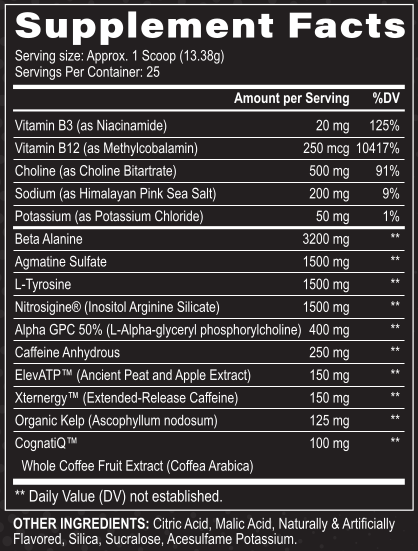
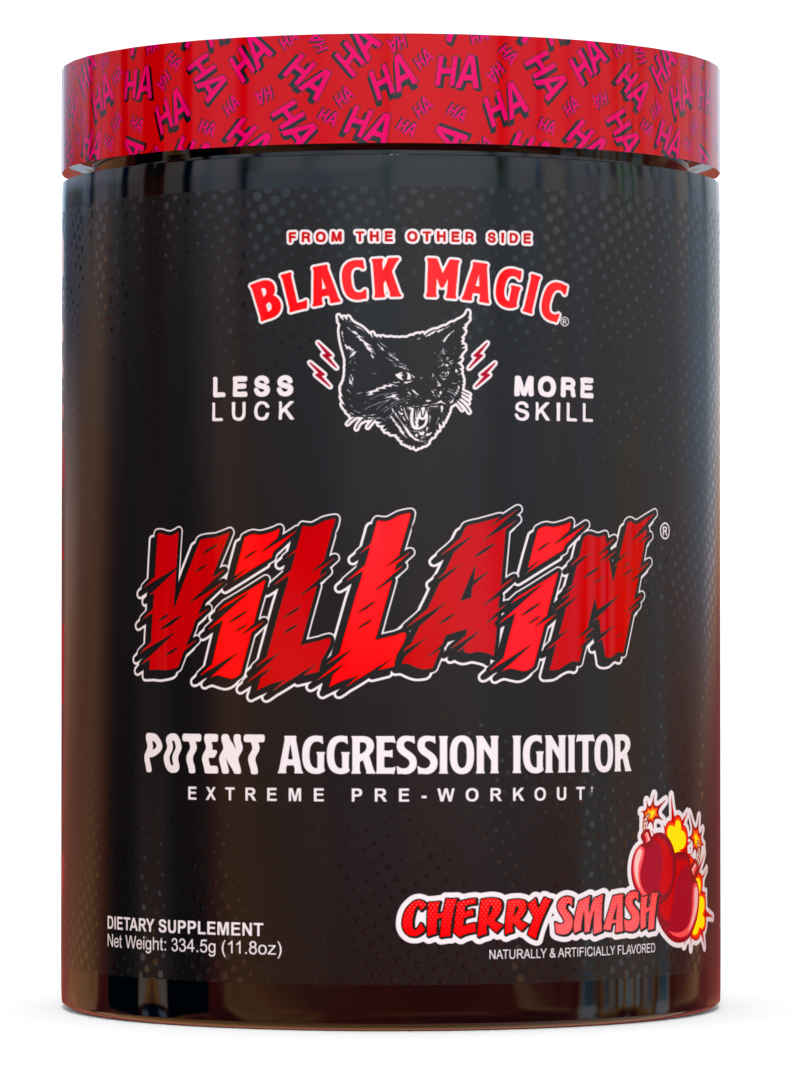
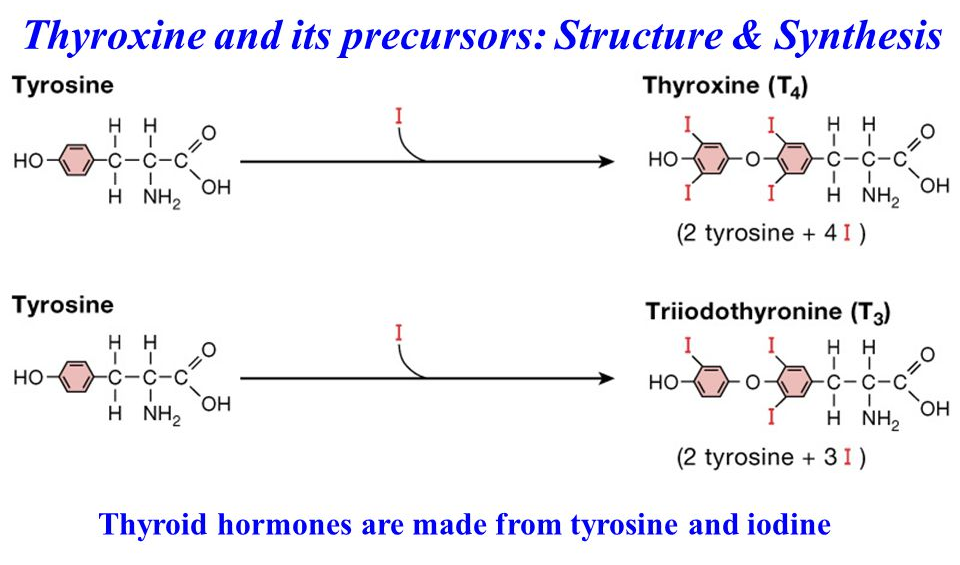
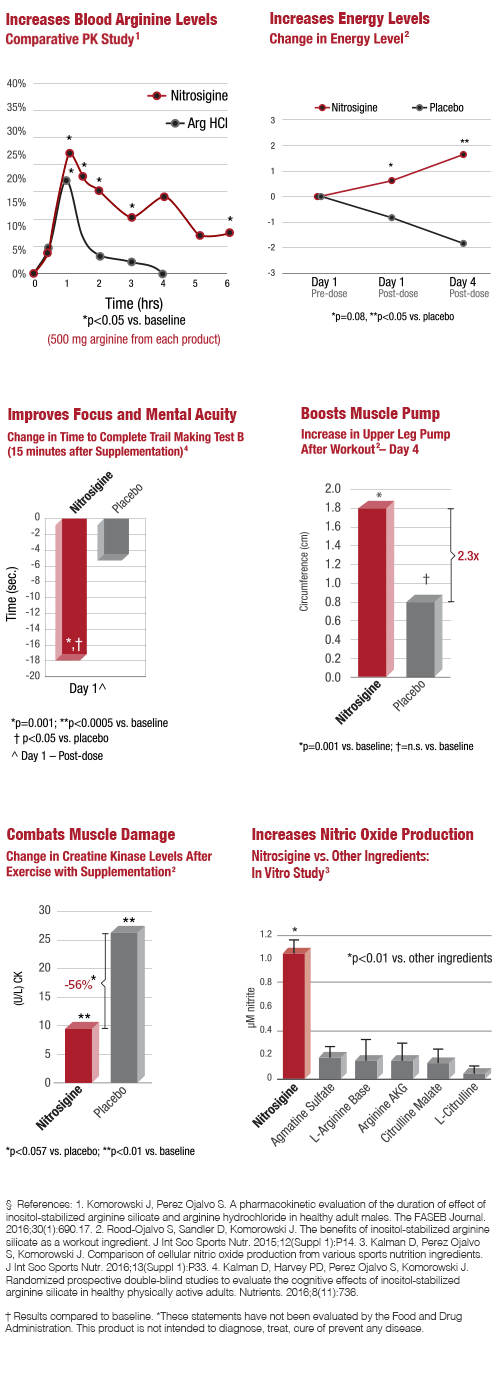

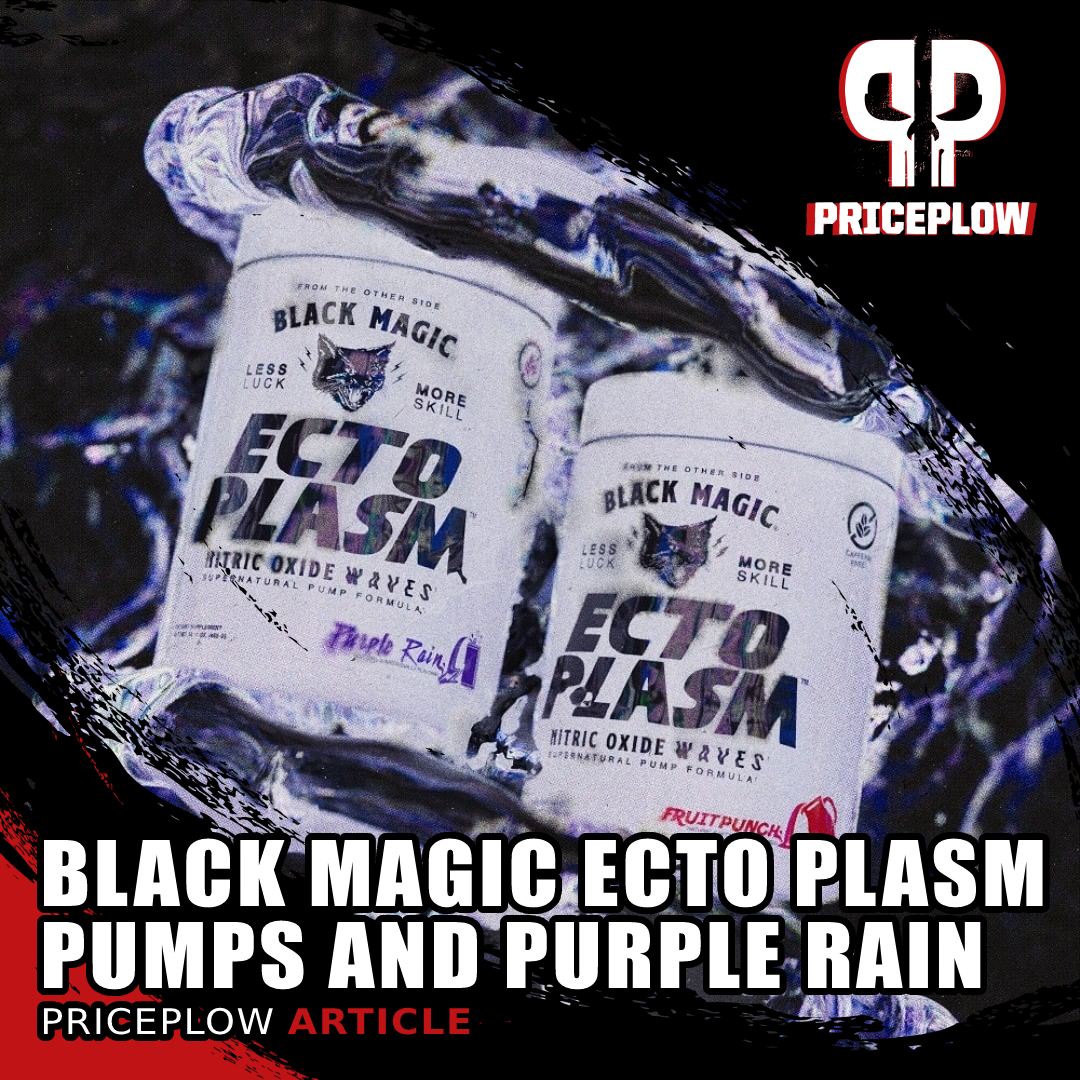

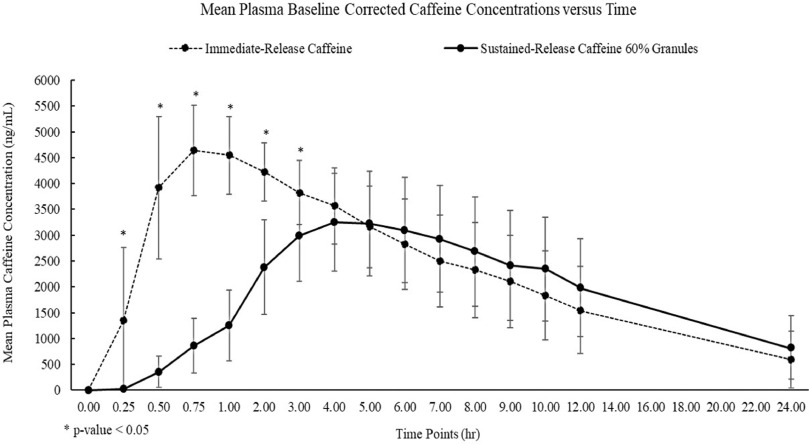


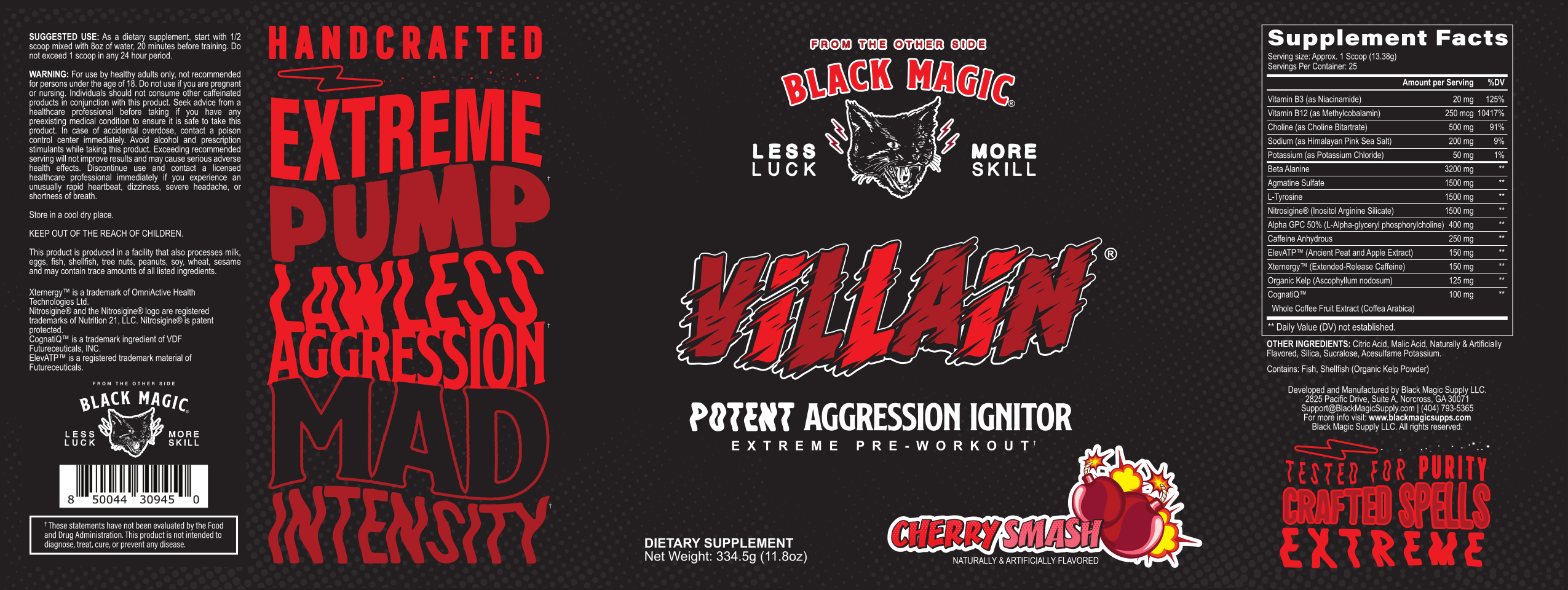


Comments and Discussion (Powered by the PricePlow Forum)